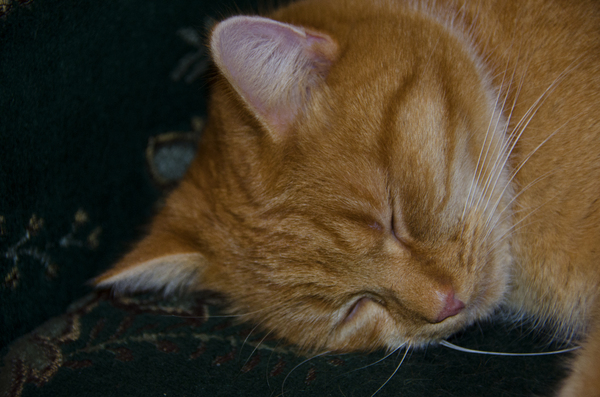Handling Wetness Control in Cat Litter
Handling Wetness Control in Cat Litter
Blog Article

Cat litter and litter boxes play a critical function in the lives of both cats and their owners. From the humble beginnings of sand and soil to the innovative improvements these days, the world of cat litter has actually evolved significantly. In this extensive guide, we dig into every element of cat litter and litter boxes, exploring their history, types, advantages, obstacles, and whatever in between.
The history of cat litter go back centuries, with ancient civilizations utilizing sand, soil, and even ashes as primitive litter products. Nevertheless, it wasn't up until the mid-20th century that modern-day cat litter as we understand it emerged. In 1947, Edward Lowe presented the world's very first industrial cat litter made from absorbent clay, reinventing the method felines relieved themselves inside your home. Ever since, cat litter has undergone numerous transformations, with the introduction of clumping litter, silica gel litter, biodegradable options, and more.
Today, cat owners are ruined for option when it concerns selecting the right litter for their feline companions. Standard clay litter stays popular for its price and efficiency in taking in odors. Clumping litter, which forms solid clumps when wet, streamlines cleansing and maintenance. Silica gel litter, composed of extremely absorbent silica crystals, uses exceptional odor control and longevity. Eco-friendly choices, such as recycled paper, wood pellets, corn, and wheat, attract environmentally mindful customers.
Each type of cat litter offers special benefits. Clay litter masters its ability to soak up wetness and control odors, making it a dependable choice for lots of feline owners. Clumping litter simplifies day-to-day scooping and extends the time between complete litter modifications. Silica gel litter provides extraordinary smell control and can last longer between replacements. Eco-friendly litters provide a sustainable alternative that decreases ecological impact.
While cat litter boosts indoor feline hygiene, it is not without its challenges. Dust from clay litter can posture respiratory threats for both cats and human beings, triggering the popularity of dust-free options. Some cats may develop litter box hostility due to issues with texture, aroma, or cleanliness, demanding experimentation with different litters and box setups. Multi-cat homes may need strategic litter box positioning and frequent upkeep to avoid territorial disputes and make sure all cats have access to tidy facilities.
Picking the appropriate litter box is necessary for promoting positive litter box routines and overall feline wellness. Factors to self cleaning cat litter box think about include size, ease of access, and design preferences. Covered litter boxes supply privacy and aid contain smells, but some cats might find them restricting or frightening. Open-top litter boxes provide simple access and exposure but might result in more litter scatter. Automatic self-cleaning litter boxes enhance upkeep but need routine tracking and upkeep.
Appropriate litter box upkeep is crucial for guaranteeing a tidy and welcoming environment for both felines and their owners. Daily scooping removes waste immediately, minimizing odor and preventing litter box aversion. Regular litter replacement, typically every 1-2 weeks, prevents bacterial accumulation and maintains ideal absorbency. Grass Seed Cat Litter Extensive cleaning with mild cleaning agent and water, preventing harsh chemicals that may discourage felines from utilizing the box, ought to be carried out monthly.
Cat litter and litter boxes play a main function in fostering a healthy and harmonious relationship between felines and their human cat litter box with lid companions. With a diverse variety of litter alternatives and litter box styles available, cat owners have the flexibility to tailor their options to fit their felines' choices and household needs. By comprehending the advancement, types, advantages, and obstacles of cat litter and litter boxes, pet owners can provide their feline buddies with a comfortable and sanitary indoor environment.